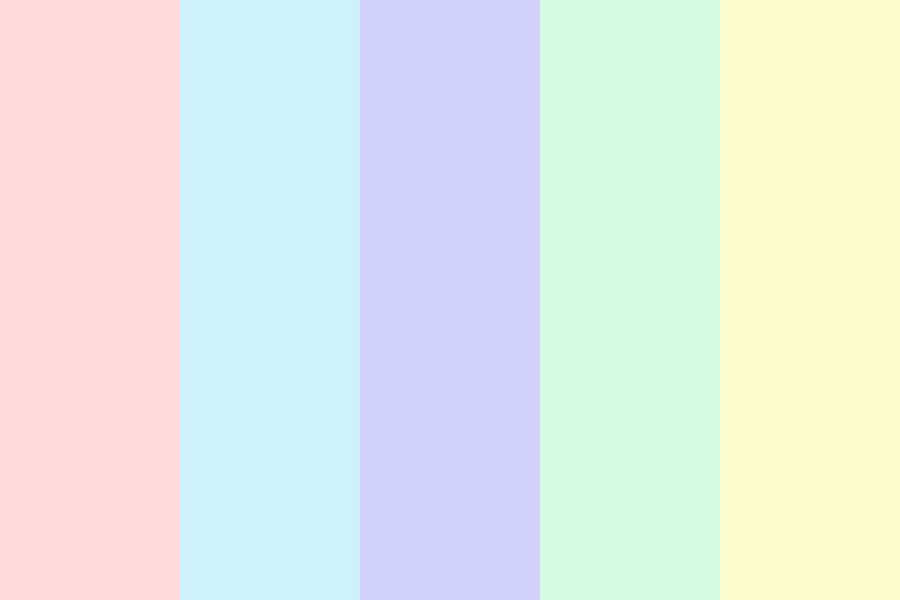
As a new parent, you want to give your baby the best start in life. You read books, talk to friends, and search the internet for information on how to help your child develop. One area you might not have considered is the role that colors can play in your baby’s development. In this article, we’ll explore the ways in which colors can impact your baby’s growth and learning.
Table of Contents
The Impact Of Colors On Baby Development
Colors can influence a baby’s development in many ways. Here are some of the key areas where colors can make a difference:
Visual Development
Babies are born with limited eyesight, but their vision develops rapidly in the first few months of life. One way to stimulate your baby’s visual development is to expose them to a variety of bright, contrasting colors. Research shows that babies are especially drawn to black and white patterns, as well as bright primary colors like red, blue, and yellow. Exposing your baby to these colors can help their eyesight develop more quickly and improve their ability to distinguish between different colors.
Mood And Emotions
Colors can also have an impact on your baby’s mood and emotions. For example, studies have shown that the color red can increase a baby’s heart rate and make them more agitated, while blue can have a calming effect. Yellow is often associated with happiness and can help to stimulate your baby’s senses. By using colors strategically in your baby’s environment, you can create a more positive and calming atmosphere.
Cognitive Development
Colors can also play a role in your baby’s cognitive development. For example, teaching your baby to identify different colors can help them to develop their problem-solving skills and critical thinking abilities. You can start teaching your baby about colors by pointing out objects of different colors and saying the name of the color. As your baby gets older, you can introduce them to activities like coloring and painting, which can help to further develop their cognitive skills.
Practical Tips For Using Colors With Your Baby
So now that you know the benefits of using colors with your baby, how can you put this knowledge into practice? Here are some practical tips:
Choose Bright, Contrasting Colors
When selecting toys, clothes, and room decor for your baby, look for items that feature bright, contrasting colors. This can help to stimulate your baby’s visual development and engage their senses.
Create A Colorful Environment
Try to create a colorful environment for your baby by painting the walls with bright, stimulating colors, adding colorful artwork or posters, and using colorful toys and accessories. This can help to create a positive and stimulating environment for your baby.
Use Colors To Manage Your Baby’s Mood
If you notice that your baby is becoming fussy or agitated, try changing the colors in their environment to see if it has an impact on their mood. For example, if your baby is crying a lot, you might try wrapping them in a blue blanket to see if it has a calming effect.
Introduce Colors In Your Daily Routine
Look for opportunities to introduce colors in your daily routine with your baby. For example, you might use colorful plates and utensils during mealtime or point out the colors of different objects when you’re out for a walk.
Conclusion
Colors can have a powerful impact on your baby’s development, from their visual development to their cognitive skills and emotional well-being. By using colors strategically in your baby’s environment and daily routine, you can help to create a positive and stimulating atmosphere that supports their growth and development.
So go ahead and experiment with colors in your baby’s world. You might just be surprised at the positive impact it can have!
Frequently Asked Questions
Q: Can colors really make a difference in my baby’s development?
A: Yes! Research shows that colors can impact your baby’s visual development, mood and emotions, and cognitive skills.
Q: What are some of the best colors to use with my baby?
A: Black and white patterns, as well as bright primary colors like red, blue, and yellow, are especially effective at stimulating your baby’s visual development.
Q: How can I use colors to manage my baby’s mood?
A: Try changing the colors in your baby’s environment to see if it has an impact on their mood. For example, wrapping your baby in a blue blanket may have a calming effect.
Q: How can I teach my baby about different colors?
A: Start by pointing out objects of different colors and saying the name of the color. As your baby gets older, you can introduce them to activities like coloring and painting to further develop their cognitive skills.
Q: Can colors have a negative impact on my baby’s development?
A: While colors can have a positive impact on your baby’s development, it’s important to use them in moderation and avoid overstimulating your baby. Pay attention to your baby’s reactions to different colors to determine what works best for them.
